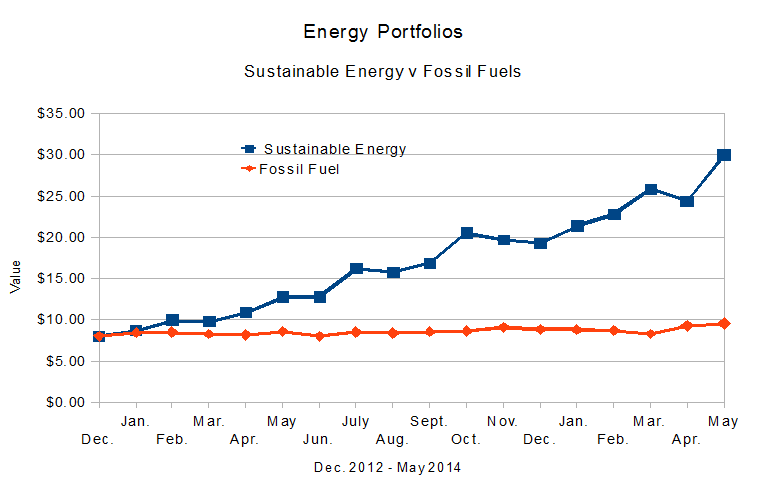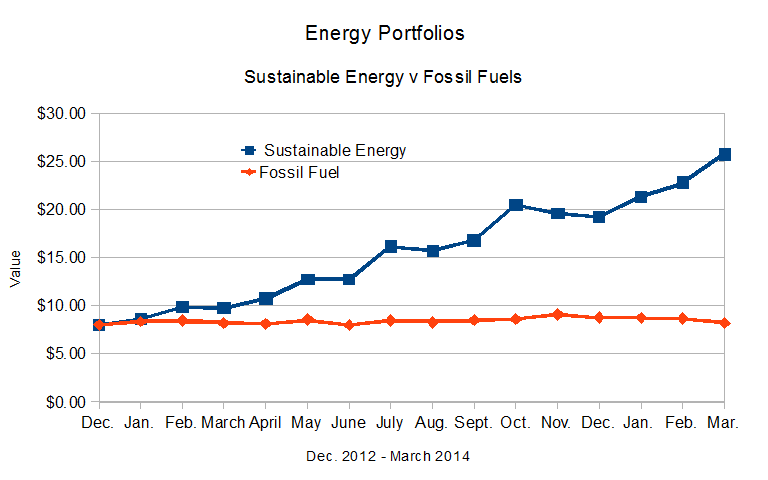There aren’t enough bees to perform all of the pollination work in the United States. So, if you like to travel, make money doing it, and don’t mind a sting now and again, then professional beekeeping may just be for you. And hey – it’s a seller’s market.
About 1.4 million hives get hauled to and around California every spring. They travel by plane, semi or pickup trucks. 60% of the American hives are engaged in commercial pollination. They pollinate almond trees, and other key crops:
- Cranberries in Massachusetts and New Jersey.
- Blueberries and peaches from Jersey to Georgia,
- Pumpkins from Jersey to Illinois.
- If it comes from a flowering plant, it’s pollinated by bees.
You can take your bees “On The Road” and make money without writing a word. And if you actually hate to travel, you can just send the bees.
Just make sure they all don’t all disappear.

















